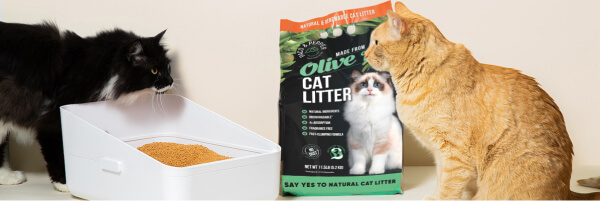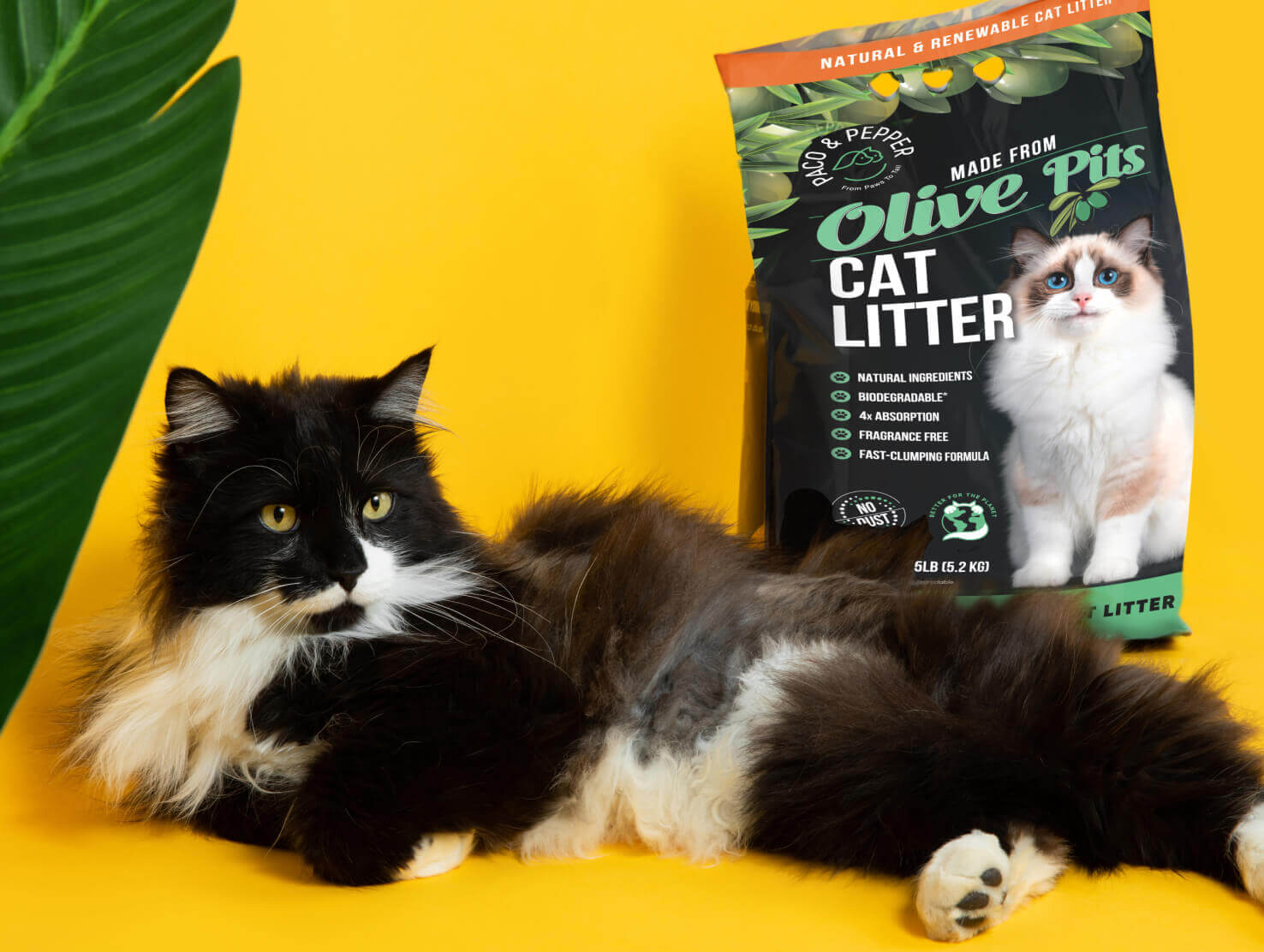Why Won’t My Cat Use The Litter Box?

Cats are often very finicky, so litter box refusal is a fairly common issue. If you're asking yourself, "Why did my cat quit using the litter box?" trust us, you're not alone. In this article, we'll look at common reasons for litter box abandonment and offer solutions to help get your feline friend back on track.
Why does my cat refuse to use the litter box?
Litter box aversion brings a lot of discomfort to both cats and their owners. It is imperative to delve deeper into the reasons for this behavior in order to effectively solve the problem. Cats are creatures of habit, and any deviation from their normal routine or environment can lead to stress and anxiety, which can manifest as litter box refusal.
There are several potential reasons why your cat can suddenly stop using the litter box:
- Health problems. Underlying medical conditions, such as urinary tract infections or gastrointestinal problems, can cause discomfort when using the litter box. Cats may associate the litter box with pain or discomfort and won’t use their litter box.
- Stress or anxiety. Household changes, such as moving to a new home or getting a new pet, can stress your cat and cause her to avoid the litter box. Cats are creatures of habit and are more sensitive to changes in their environment, which is why some cats may avoid using the litter box.
- Litter Box Preferences: The size of the litter box, its type (open/closed) and other parameters play a very important role in the cat’s mood and habits.
- Dirty litter box. Almost all cats prefer clean litter boxes. If you don't regularly remove the litter and clean the litter box regularly, your cat will stop using it completely. Cats have a keen sense of smell, so strong odors or a dirty litter box can put them off.
- Territorial problems. Cats, as we know, are very territorial animals, and they may avoid using a litter box if they perceive it as a territorial dispute with other pets in the house. In multi-cat households, having multiple litter boxes is essential. Each cat should have its own separate litter box, which should be located away from the other cat's litter box.
- Dusty or toxic cat litter. Some cats may avoid using a litter box if the litter itself poses a health risk or discomfort. Traditional clay-based litter, in particular, can generate significant amounts of dust, leading to breathing problems and skin irritation. Additionally, many common litters contain artificial flavors, chemicals and additives that can be harmful if inhaled or swallowed. That’s another reason why your cat did stop using his litter box.
Litter box size is especially important for large and older cats. Cats should have enough space to comfortably turn around and dig without feeling cramped. Additionally, some cats may have difficulty getting in or out of high-sided litter boxes, so choosing options with a lower profile may be helpful.
The placement of the litter box can have a significant impact on your cat's willingness to use it. Cats prefer quiet places with little human traffic, where they can feel safe while cleaning. Do not place the litter box in noisy areas, as this may scare the cat away and she will refuse to use it.
Privacy: Some cats require closed litter boxes to help them feel safe when using the litter box. Other cats need open litter boxes, as closed ones can make them feel trapped or cornered. Observing your cat's behavior can help you determine her privacy preferences.
To solve this problem, consider switching to a low-dust natural litter option. To solve this problem, consider switching to a low-dust litter option. Paco&Pepper litter, made from processed olive pits, is designed to minimize dust while maintaining optimal cleanliness. Plus, it contains no harmful chemicals or additives, providing a comfortable and clean environment for your cat.
By choosing litter that prioritizes safety and cleanliness, you can avoid the problem of your cat refusing to use the litter box.
Why did my kitten stop using the litter box?
Another extremely common reason cats suddenly stop using their litter box is changing the litter and improperly switching to a new one. Why won’t my kitten use the litter box? Every cat is different and some need more time to get used to something new. If you see that in the first days after changing the litter, your cat is reluctant to come to the tray, it may be precisely because you changed the litter. Here are a few steps to help you transition your cat to a new litter without too much stress for your cat:
- Gradual transition: An abrupt transition to a new litter can disturb cats. Instead, introduce the new litter gradually, mixing small amounts of the new litter with the old. Start with a small amount (about 25%) and gradually increase the amount over a few days to a week.
- Observe behavior: Monitor your cat's behavior during litter changes. Some cats may readily accept new things, while others may avoid new things at all costs. If your cat is reluctant to use a new litter, consider slowing down the transition process and giving her more time to adjust.
- Reward: Encourage your cat to use new litter. Offer treats or praise when they use a litter tray with new litter to create a positive association. Additionally, you can place toys or familiar objects near the litter box to make it more attractive to your cat.
- Keep it clean: Keeping the litter box clean during the transition period is very important. Empty the litter box regularly to remove debris and consider cleaning the litter box more frequently to prevent lingering odors that may deter your cat from using it.
- Patience and persistence: Switching to a new litter can take time, so it is important to be patient and persistent. Don't get discouraged or force your cat to use new litter, as this may only make her more anxious and reluctant. With time and patience, most cats will eventually adjust to the new litter and resume regular litter box use.
Solving the problem of litter box refusal requires patience, understanding and care. By identifying and addressing the root causes of your cat's reluctance to use the litter box, you can help your feline friend feel comfortable and confident again.


